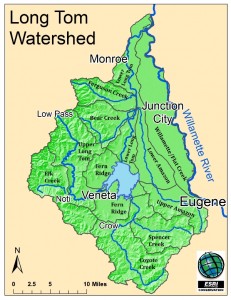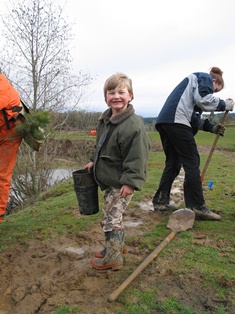
The Long Tom Watershed Council is a unique and friendly local organization and a recognized leader in science and community-based watershed protection and restoration. LTWC was founded in 1998 by a diverse group of stakeholders including farmers, foresters, anglers, businesses, scientists, and conservationists who responded to the opportunity to act locally and cooperatively to address land and water issues under the Oregon Plan for Salmon and Watersheds. Since that time, we have worked across traditional boundaries to complete many education and restoration projects that document and improve local water quality and fish and wildlife habitat, and have developed and partially implemented a watershed Action Plan. The dedication and talents of those involved with our work have helped the Council achieve a designation as one of the top-ranked watershed councils in the state and inclusion in the Model Watershed Program by Meyer Memorial Trust and Bonneville Environmental Foundation.

vegetation is one of the ways
people get hands-on experience
improving water quality.
The foundations of the organization are current science, community education and collaborative relationships. We work closely with local people and organizations as well as regional representatives of state and federal agencies to develop and deliver appropriate strategies to maintain and improve water quality and habitat conditions of the Long Tom River Watershed. Through our three program areas – Habitat Restoration, Survey & Monitoring, and Community Engagement & Education, we are working for clean water and healthy fish and wildlife habitat in the upper Willamette Valley.
Our approach is to include local people and carefully designed monitoring strategies to enable us to assess and report on the results of our programs so that our supporters can be sure that their dollars are being put to work effectively. All the data that we collect is shared with the public, ensuring transparency and accountability to stakeholders. We believe in learning from our experiences and adapting our strategies to achieve the best possible results for our community and watershed.
